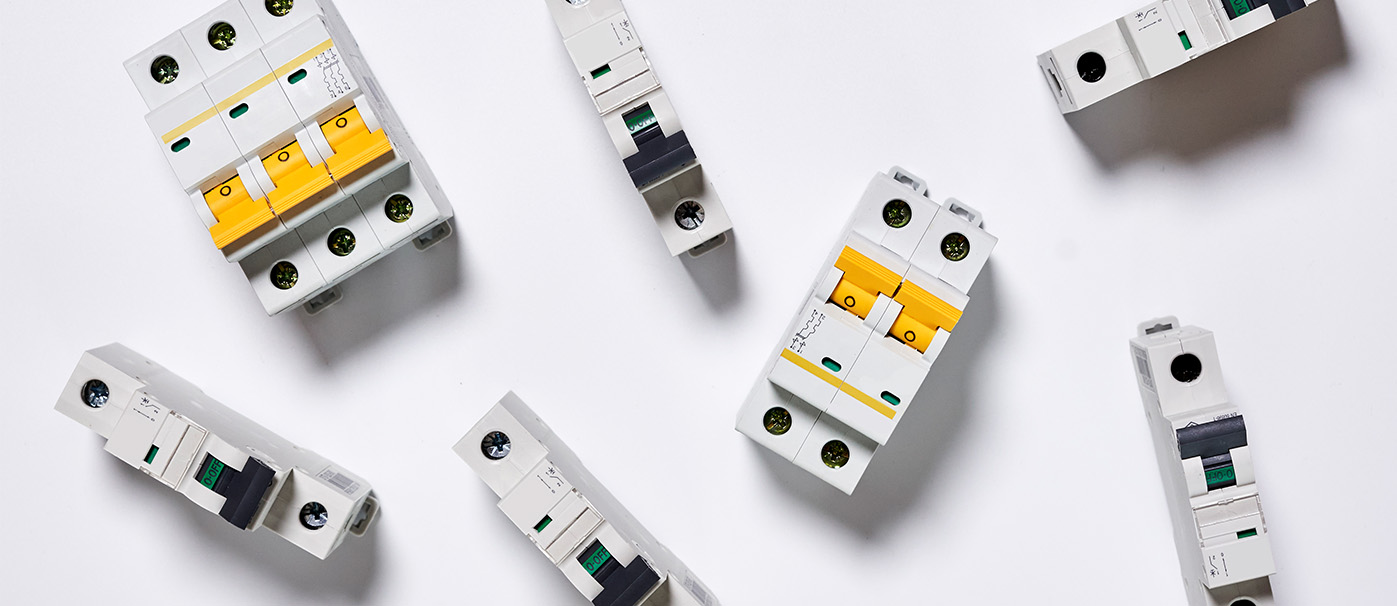Do You Really Need An RCD?
Fact: RCDs save lives. So when do exceptions apply? Master Electricians Australia has the following advice.
It’s been recognised for decades that Residual-Current Devices (RCDs) are life-saving. Previous versions of AS/NZS 3000 have incrementally expanded the use of RCDs, initially with a requirement for RCDs to protect power circuits, then progressing to lighting circuits and now expanded to cover most circuits up to 32A. There’s little doubt that many fatalities involving contact with electricity could have been prevented if RCDs had been installed.
In general, circuit and equipment protection are usually provided by circuit breakers. An RCD is used to protect against harmful effects that arise as a result of a failure of insulation in cables or connected equipment, and inadvertent contact with LV electrical components as a result of damage or misuse of the equipment.
RCDs should not be the primary means of protection, but rather additional protection.
Electric shock and human tolerance
The physical effects of electric current on the human body are well known, and typical body resistances vary depending on the voltage. The primary resistant barrier of the human body is the skin. At extra-low voltage, the skin provides a limited barrier to electric current. Once the current has breached the skin, the body’s resistance rapidly breaks down.
For a majority of the population, contact with a 220V or higher source will result in at least 100 mA of current passing through the body. In some situations, currents as low as 20 mA can prove fatal.
Domestic RCD exceptions
In most cases, 30 mA RCD will trip well before the prescribed 30 mA. Often it will trip at values half that level. In the past, ‘nuisance tripping’ was often cited by contractors for not installing RCDs. But the most recent version of AS/NZS 3000 removed the ability to not install these in domestic and residential installations (with the exception of legitimate repairs of a like-for-like nature, or if using an isolated supply).
Clause 2.6.1 gives us insight into the reason exemptions cannot be applied in residential domestic situations, referring to the ‘failure of other measures or carelessness by users that could present a significant risk of electric shock’.
In general, many residential and domestic installations do not receive periodic maintenance and inspection, as would be encountered in a commercial industrial environment as part of managing business risks under WHS legislation. They’re also subjected to varying levels of carelessness by users (the knife in the toaster, for example). Thus, AS/NZS 3000 does not offer any exceptions other than genuine repairs or installation of an isolated supply as an alternative to an RCD in these circumstances.
“There is little doubt that many fatalities involving contact with electricity could have been prevented if RCDs had been installed.”
Non-domestic RCDs exceptions
One area of contention under AS/NZS 3000 is the application of exceptions. Exceptions can be applied in non-domestic non-residential installations, which covers various commercial and industrial applications.
When applying an exception, the electrician, contractor, designer or facilities manager should give careful attention to their reasoning. Remember, should an electric-shock incident occur at some point in the future, the reasoning behind using an exception will be investigated and questioned by external parties. Documenting the risk assessment in these cases could be critical.
When implementing exceptions based on connected equipment, we also must consider the upstream implications on the supply cabling and its installation. Where equipment is not suitable for installation on an RCD and we choose not to install one, it may mean additional mechanical protection is required on the supply circuit cabling.
Why would we utilise an RCD exception?
It’s recognised that some equipment used in the commercial industrial environment is built with specific levels of residual current that could cause spurious tripping.
When installing equipment in these circumstances, we should consider firstly whether the equipment is capable of being installed on 30 mA RCD by referring to manufacturer’s instructions installation requirements and other information available. If the equipment is likely to trip a 30 mA RCD and a suitable alternative cannot be provided at the design stage, we can look to the exceptions within the clause.
(Remember, this clause does not apply to genuine like-for-like repairs and is only triggered when making alterations or additions, or during the design stage of a new facility.)
Assessing risk while installing RCDs
At this point, the contractor, engineer or designer must assess the risk of electric shock on any given circuit and determine the risk level applicable to the situation. We must consider whether this is in fact an ‘increased risk of electric shock’.
The guidance in the standard leaves a considerable amount open to the determination of risk. MEA’s technical support team sees an enormous range of risk profiles. It’s a little like adrenalin sports: if you talk to an adrenalin sports enthusiast, they will likely tell you risks are adequately addressed. But those who are terrified by the thought of participating in an adrenalin sport see it as some form of insanity. So we should consider our risk approach to be in line with the general population rather than at either extreme.
RCDs are proven life-saving devices. They are installed purely for the safety of human beings in our work and home environments. Like a life jacket or a first-aid kit, we hope they will never be needed – but, when they are, we expect they will work first time. As electricians, we can ensure this happens with correct selection and installation of the RCD. Become familiar with these products and they will not only add value to your business but will possibly save a life in the process.





Comments (0)
Write a Comment